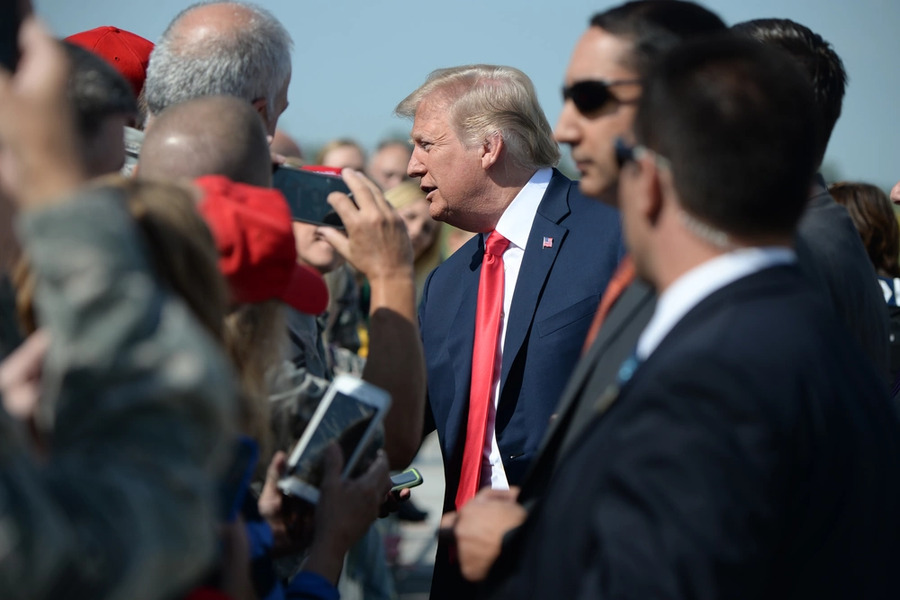The Latest Erosion Of Norms Against Publishing Classified Information
Director of National Intelligence General Counsel Bob Litt says the NYT “disgraced itself” by “publishing an article in which it purported to name three covert CIA officers.” The article in question identified the “chief of operations during the birth of the agency’s detention and interrogation program [who] then, as head of the C.I.A.
Published by The Lawfare Institute
in Cooperation With

Director of National Intelligence General Counsel Bob Litt says the NYT “disgraced itself” by “publishing an article in which it purported to name three covert CIA officers.” The article in question identified the “chief of operations during the birth of the agency’s detention and interrogation program [who] then, as head of the C.I.A. Counterterrorism Center, became an architect of the targeted killing program”; his replacement “as head of the drone program”; and the new chief of the Directorate of Operations, whom the NYT described as “a former agency paramilitary officer.” The NYT explained that it decided to name these names over CIA objections “because [the men] have leadership roles in one of the government’s most significant paramilitary programs and their roles are known to foreign governments and many others.”
This episode is the latest example of how much the norms governing the publication of classified information have loosened since 9/11. (I have written about this many times (e.g. here and here and here and here and here.))
In the last decade, U.S. journalists have published classified information, especially classified information related to covert programs, much more frequently and extensively than before. They have done so when previously they would not have because (1) they perceive a special duty to make public how the endless, unprecedentedly secretive, and often morally ambiguous post-9/11 wars are being waged; (2) they have grown increasingly cynical about the government's claimed need for secrecy; (3) the secrecy bureaucracy has grown enormously – there are many more secrets than before; (4) these secrets leak to journalists more readily in the past because of the digitalization of classified information and because a vastly greater number of government officials with traditional incentives to leak (see also here) have access to the information; (5) the globalized growth of journalistic coverage of the U.S. intelligence community (from The Guardian and Der Spiegel and The Intercept to Gawker and Crytocomb and many blogs) means more extensive, deeper, and coordinated coverage and publication of the intelligence community’s global activities; and (6) competition from these more cosmopolitan outlets makes it harder for U.S. journalists to sit on stories out of deference to U.S. national security claims.
A seventh and underappreciated factor that contributes to the new norms on publication of classified information is government acceptance. Despite attempted government prosecution of a handful of (hundreds of) leakers of classified information, and despite complaints like Litt’s, the government as a whole has acquiesced in (and thus tacitly supported) the new classified information publication norms. It has done so by (1) formally and significantly raising the self-imposed bar for going after journalists’ sources, (2) not exercising its clear legal right to force James Risen to testify in the Sterling trial, (3) refusing to prosecute (or even threaten prosecution) of the many journalists who have violated 18 USC 798, which prohibits publication of classified information related to communications intelligence, and (4) often appearing defensive about criticizing journalists who publish classified information (I am thinking of former Attorney General Holder) and, more significantly, signaling that journalists play a legitimate role in the publication of classified information.
The USG reaction to the NYT publication of the names of certain covert officers will likely follow this pattern. One might think that the NYT's decision to publish violates Section (c) of the Intelligence Identities Protection Act. But without getting into the details, that Act does not clearly prohibit what the NYT did. (Note that Litt said the agents identities are “protected by statute,” not that the NYT violated any law.) But consistent with the other evidence of government acquiescence, Congress purposefully watered down the law’s prohibitions as applied to journalists. As the CRS notes, the Conference Report says that the law “does not affect the First Amendment rights of those who disclose the identities of agents as an integral part of another enterprise such as news media reporting of intelligence failures or abuses, academic studies of U.S. government policies and programs, or a private organization’s enforcement of its internal rules.” The Conference Report adds: “Those who republish previous disclosures and critics of U.S. intelligence would all stand beyond the reach of the law if they did not engage in a pattern of activities intended to identify and expose covert agents.” (This is likely one reason why the NYT noted that the names “are known to foreign governments and many others.”) It is inconceivable that the government would try to prosecute the NYT, not just because doing so would be legally very hard, but also because it would be hugely politically controversial, would necessarily reveal lots more classified information, and likely would embarrass the USG by revealing its everyday practice of disclosing classified information to the press.
And so the NYT has crossed another line, the government will likely do nothing material in response, and the norms against publication of classified information will spiral further downward. It is a very different new world of transparency for the U.S. intelligence community.
PS: Gary Schmitt agrees that the NYT did not violate the Identities Act but he is very critical of the publication of the story.
Jack Goldsmith is the Learned Hand Professor at Harvard Law School, co-founder of Lawfare, and a Non-Resident Senior Fellow at the American Enterprise Institute. Before coming to Harvard, Professor Goldsmith served as Assistant Attorney General, Office of Legal Counsel from 2003-2004, and Special Counsel to the Department of Defense from 2002-2003.




-final.png?sfvrsn=b70826ae_3)
